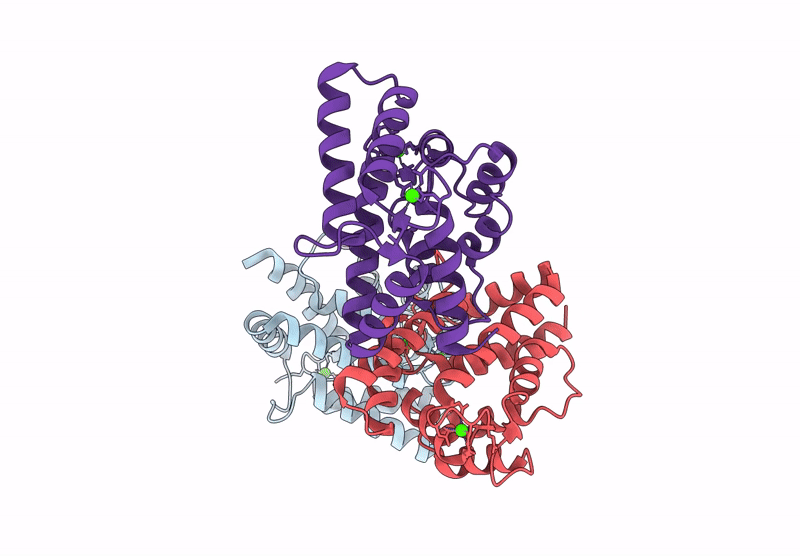
Deposition Date
2024-12-23
Release Date
2025-11-05
Last Version Date
2025-11-05
Entry Detail
PDB ID:
9L5M
Keywords:
Title:
X-ray structure of sarcoplasmic Ca-binding protein (SCP), a calcium ion-binding protein from Pinctada fucata
Biological Source:
Source Organism:
Pinctada fucata (Taxon ID: 50426)
Host Organism:
Method Details:
Experimental Method:
Resolution:
2.00 Å
R-Value Free:
0.21
R-Value Work:
0.21
R-Value Observed:
0.21
Space Group:
C 1 2 1


